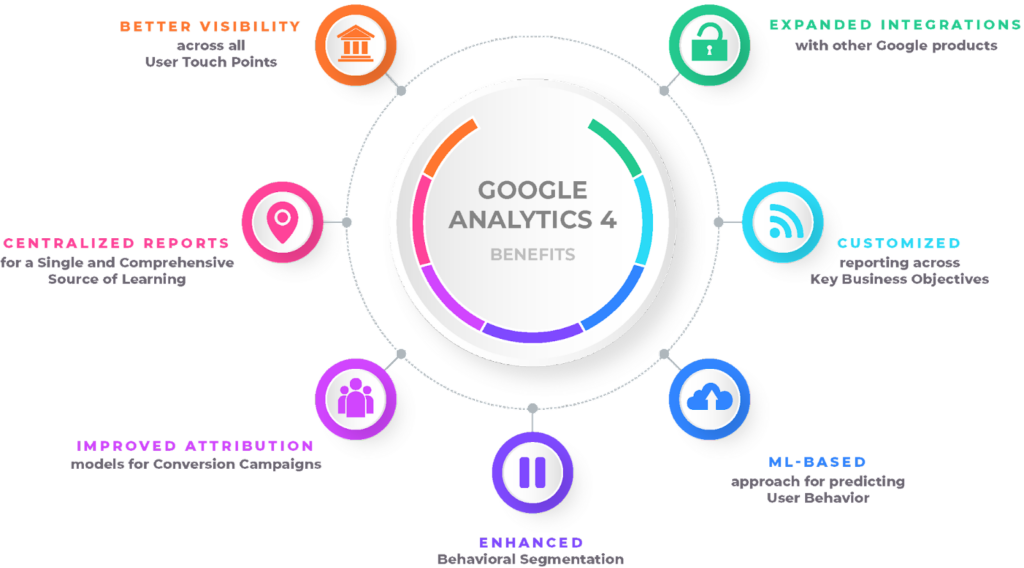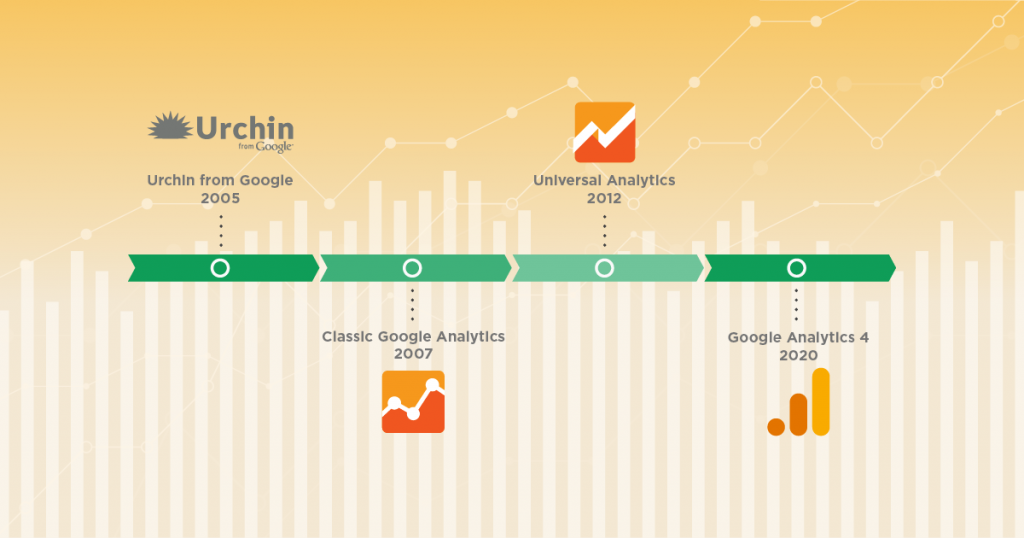When Does the Google Analytics Tracking Code Send an Event Hit to Analytics? Timing and Ideal Practices Explained
When Does the Google Analytics Tracking Code Send an Event Hit to Analytics? Timing and Ideal Practices Explained
Blog Article
Optimize Your Website Efficiency With Google Analytics Tracking Code
In the electronic landscape, understanding customer communications with your site is critical for optimization. By incorporating the Google Analytics tracking code, you can open a riches of information relating to visitor behavior, enabling you to keep track of essential metrics and identify possible areas for improvement. This calculated implementation not only notifies your decisions yet likewise leads the way for a more interesting customer experience. However, the actual challenge lies in properly examining this information and converting insights right into workable approaches. What actions can you take to ensure you are fully leveraging these insights for ideal performance?
Understanding Google Analytics
Recognizing Google Analytics is essential for web site proprietors and online marketers aiming to maximize their on-line visibility. This powerful device gives critical understandings right into individual behavior, allowing stakeholders to make data-driven choices. By tracking different metrics, such as web page sights, bounce rates, and customer demographics, Google Analytics aids recognize which elements of a web site are doing well and which need renovation.
One of the vital features of Google Analytics is its capacity to segment data. Individuals can assess web traffic sources, individual involvement, and conversion prices throughout different sections, such as geographical areas or tool kinds. This granularity makes it possible for marketing professionals to customize their methods to certain audiences, thus improving the performance of their campaigns.

Establishing Tracking Code
To harness the complete potential of Google Analytics, setting up the tracking code appropriately is a fundamental step. The monitoring code, a snippet of JavaScript, allows Google Analytics to accumulate data about user interactions on your site.
Next, you'll need to embed this code right into the HTML of your site. Preferably, place the monitoring code prior to the closing tag on every page you want to keep track of. Take into consideration utilizing plugins that help with simple integration. if you're making use of a content administration system (CMS) like WordPress.
After carrying out the code, it's essential to verify its functionality. Use the "Real-Time" reports in Google Analytics to confirm that data is being gathered as expected. By making certain proper arrangement, you create a solid foundation for reliable information analysis and calculated decision-making to enhance your web site's performance.
Secret Metrics to Monitor
Regularly keeping an eye on key metrics in Google Analytics is essential for analyzing your site's performance and user involvement. Amongst the fundamental metrics to track are web page views, which supply insight right into how commonly customers visit different web pages on your website. In addition, unique visitors aid you recognize the reach click over here of your material here are the findings by showing the amount of distinctive individuals are involving with your website over a given period.
Bounce price is one more essential statistics, exposing the percent of site visitors that leave your site after viewing just one web page. A high bounce rate might indicate concerns with material significance or user experience. Alternatively, session duration shows how long visitors remain on your site, assisting you determine content efficiency and user rate of interest.
Conversion rates are crucial for measuring the success of your web site in achieving specific goals, such as form entries or item purchases (when does the google analytics tracking code send an event hit to analytics?). Keeping an eye on traffic sources is additionally key, as it assists recognize which channels drive the most traffic and conversions, enabling more targeted marketing techniques
Studying Visitor Behavior

In addition, tracking user pathways via the website helps expose typical navigation patterns. This details is necessary in identifying whether customers can easily locate the material they look for or if they encounter obstacles that lead to stress. Determining high leave web pages can highlight areas that might require redesign or even more engaging web content to maintain site visitors.
Furthermore, segmenting customers based on demographics, interests, and actions gives a much deeper understanding of the target market. This segmentation allows businesses to tailor material and advertising strategies much more efficiently, enhancing the likelihood of conversions. Inevitably, assessing visitor actions not only educates site improvements but also cultivates a much more user-centric technique, leading to improved contentment and loyalty over time.
Executing Data-Driven Changes
Implementing data-driven modifications is essential for enhancing site performance and achieving business goals. By leveraging insights collected from Google Analytics, organizations can recognize areas for renovation and make informed decisions to enhance customer experience.
First, examine essential efficiency indications (KPIs) such as bounce prices, session period, and conversion rates to pinpoint specific issues impacting customer engagement - when does the google analytics tracking code send an event hit to analytics?. For example, a high bounce price on a touchdown web page might indicate that the web content is not resonating with visitors or that the web page takes as well lengthy to lots

Conclusion
To conclude, the application of Google Analytics tracking code is necessary for maximizing web site efficiency. By precisely monitoring individual actions and vital metrics, important understandings can be gained, promoting data-driven decision-making - when does the google analytics tracking code send an event hit to analytics?. This procedure not just boosts user experience but also aligns with wider company objectives. Constant analysis and subsequent modifications based on accumulated data will result in sustained enhancements, eventually adding to the total efficiency and success of the site.
By tracking various metrics, such as page views, bounce prices, and user demographics, Google Analytics aids identify which elements of a site are doing well and which call for improvement.
Users can assess web traffic resources, user involvement, and conversion rates across different sectors, such as geographic areas or device kinds. The monitoring code, a snippet of JavaScript, allows Google Analytics to collect data regarding individual interactions on your website.Regularly keeping an eye on crucial metrics in Google Analytics is crucial for assessing your web site's efficiency and customer engagement. By leveraging Google Analytics, site proprietors can gain useful understandings right into just how customers communicate with their website.
Report this page